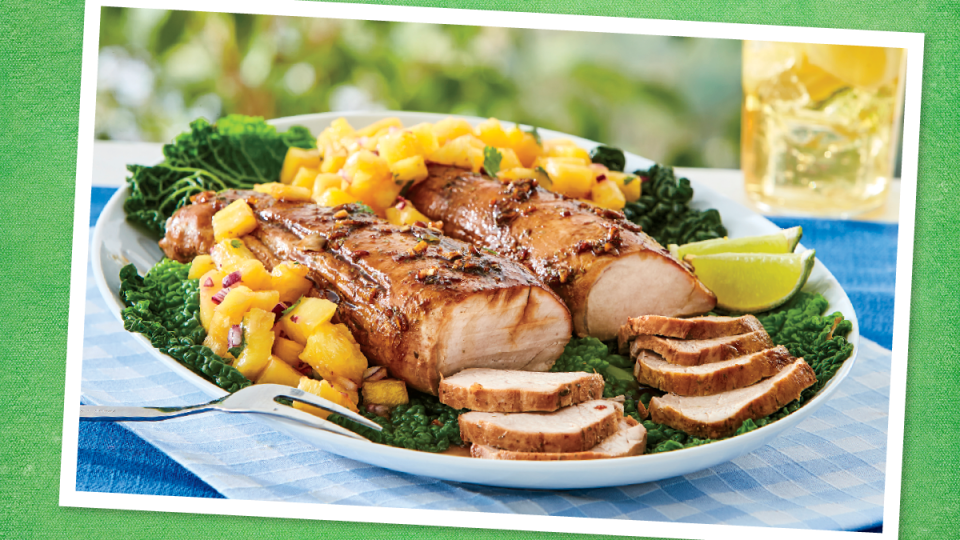
The Hanky Panky had always been a favorite of Ektoras Binikos, beverage director at Sugar Monk in Harlem, New York. When he set out to develop his own recipe for the drink, a variation of the classic Martinez, he opted not to mess with the “golden ratio” of Ada Coleman’s original recipe. Instead, his approach was to dissect and tweak the drink’s individual components, which are typically equal parts gin and sweet vermouth, plus a bracing bar spoon of Fernet-Branca—a simple and elegant construct, he notes.
First, he subbed genever for gin, in a move that was admittedly more about practicality than preference. Each Monday, Sugar Monk offers classic cocktails to accompany live jazz performances. Because the menu leans on Prohibition-era drinks, it’s a gin-heavy list. “So we thought, let’s try something different,” he says.
At first, he tried a base of unaged whiskey, or moonshine, in place of the traditional gin. “The cocktail was too round, a little heavy,” according to Binikos. He then pivoted to malty genever, which added just enough complexity. Specifically, he uses Old Duff, an unaged Dutch genever distilled from a mix of rye and malted barley, which adds depth while being light enough that it doesn’t put off gin purists.
Juxtaposed against the genever, Binikos adds an equal amount of Carpano Antica, the bar’s vermouth of choice, for its vanilla tones, which harmonize with the maltiness of the genever.
Echoing the original, a teaspoon of Fernet-Branca anchors the drink. While Binikos’ preferred version switches the amaro for Branca Menta, he wasn’t convinced others would love it as much as he did. “Menta can take over,” he concedes. So he returned to Fernet-Branca, which allows the whiskey-like grain notes in the genever to shine.
The final differentiating touch comes via housemade orange bitters. When the pandemic temporarily shut down New York’s bars and restaurants, Binikos began manufacturing herb- and spice-infused amaros, liqueurs and bitters. Although these elaborate flavors had always been part of the bar’s drinks, he took advantage of the enforced downtime to codify the formulas and bottle them for commercial sale.
The orange bitters—one of 17 varieties developed by the bar “to create something unique to Sugar Monk, another layer”—are made by combining coriander and cinnamon with a mix of Seville orange, bergamot, “a little bit of Buddha’s hand if available” and Thai or Japanese chile peppers. The latter ingredient imparts a touch of heat, which distinguishes the bitters from others on the market. While Sugar Monk’s bitters can be purchased at the bar, to approximate the effect at home, Binikos recommends infusing Regans’ orange bitters with fresh chiles.
“There’s a little heat at the end, but not too much,” Binikos says. “It brightens the cocktail a little bit.” Finally, a quick spritz of orange oil over the top of the drink adds enticing aroma and accentuates the bitters.
The result provides an accessible introduction to genever, with just a flicker of spicy heat enlivening a traditional stirred drink. And despite the conventional wisdom that the Martinez is a forerunner of the Martini, Binikos says his version is closer to a Negroni, thanks to its mix of sweet vermouth, orange and aperitif-adjacent Fernet. “It’s like two-thirds of a Negroni,” he says, “but more whimsical.”
from "recipes" - Google News https://ift.tt/0iwSACZ
via IFTTT

No comments:
Post a Comment